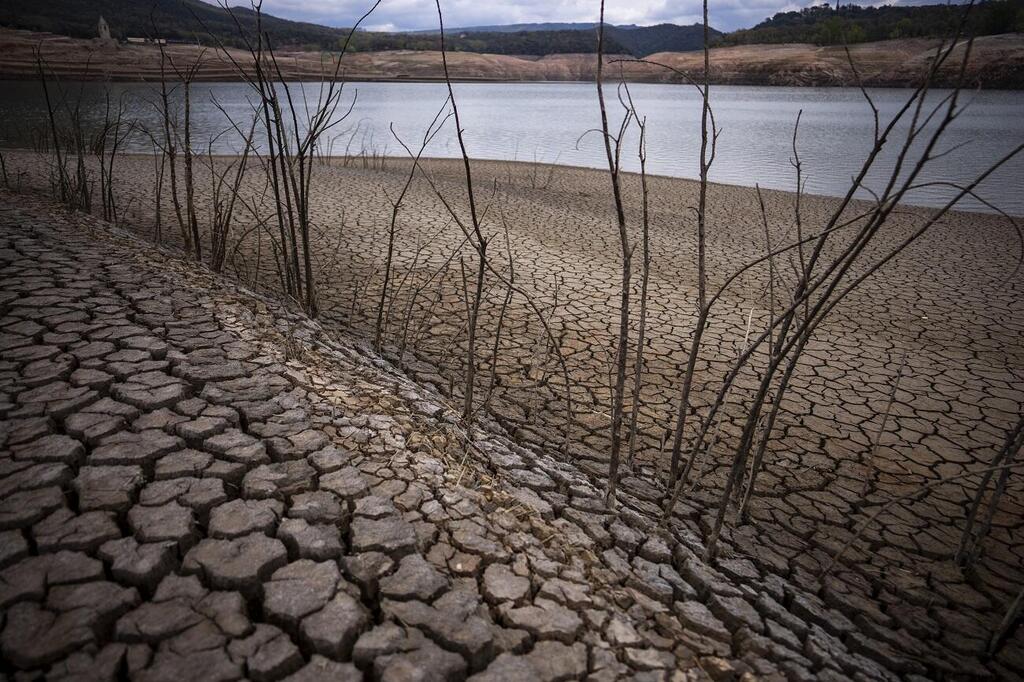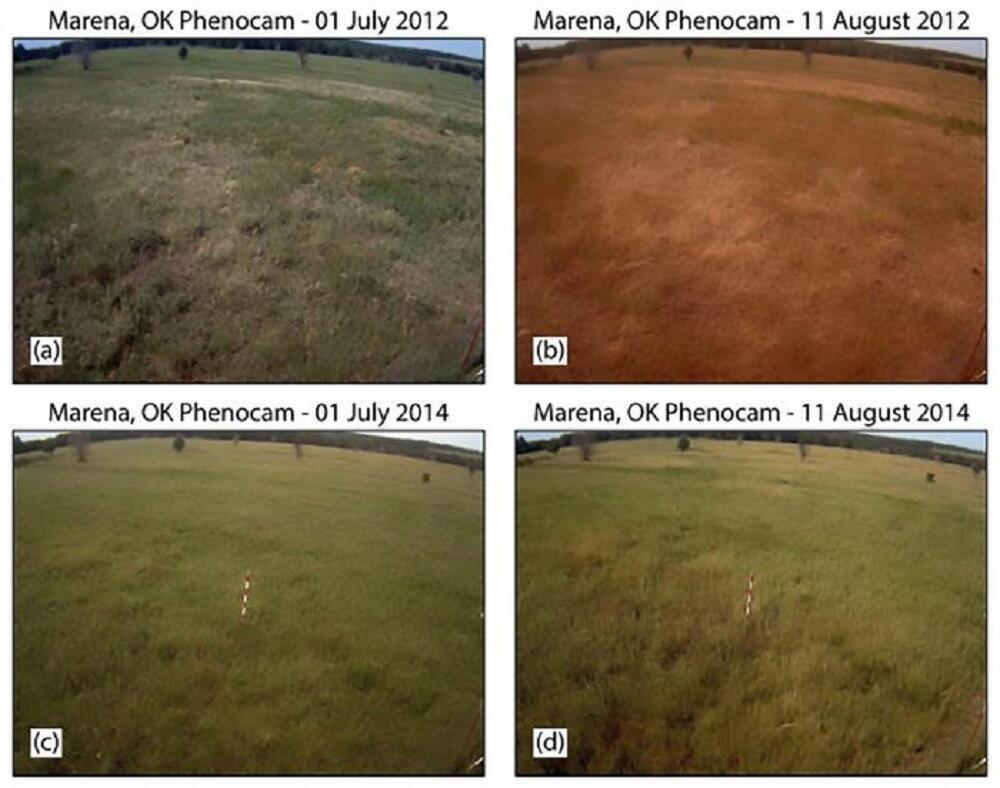Getting your Trinity Audio player ready...
Characterized by its rapid onset and challenging predictability, a flash drought emerges as an unforeseen and arduous event, posing significant hardships for diverse communities across socioeconomic spectrums. Its impact reverberates through agricultural and ecological systems, generating a myriad of consequences that persist and amplify over time.
In a comprehensive study featured in the peer-reviewed journal Nature Communications Earth and Environment, University of Oklahoma researchers explored the profound implications of human-induced climate warming on global lightning activity. Their findings shed light on the heightened risks posed to vital croplands, imperiling communities reliant on agricultural sustenance worldwide.
“In this study, projected changes in flash drought frequency and cropland risk from flash drought are quantified using global climate model simulations,” said Dr. Jordan Christian, a postdoctoral researcher in meteorology in the Climate, Hydrology, Ecosystems, Weather (CHEWe) Research Group.
“We find that flash drought occurrence is expected to increase globally among all scenarios, with the sharpest increases seen in scenarios with higher radiative forcing and greater fossil fuel usage. Flash drought risk over cropland is expected to increase globally, with the largest increases projected across North America and Europe.”
Jeffrey Basara, an associate professor in the School of Meteorology in the College of Atmospheric and Geographic Sciences, shares the somewhat grim outlook: "This study continues to emphasize that agricultural producers, both domestic and abroad, will face increasing risks associated with water availability due to the rapid development of drought.
"As a result, socioeconomic pressures associated with food production, including higher prices and social unrest, will also increase when crop losses occur due to flash drought."
Drawing upon projections by the United Nations Population Division, it is anticipated that the global population, presently hovering around 8 billion, will surge to 9.7 billion by 2050 and a staggering 10.4 billion by 2100.
This exponential growth portends a doubling of agricultural demands, placing immense strain on food systems. Among the myriad weather extremes, the convergence of lightning-induced drought poses a uniquely intricate challenge, impeding agricultural productivity and fostering the emergence of wildfires, air pollution, and significant displacement of communities in the ensuing decades of this century and possibly beyond.



